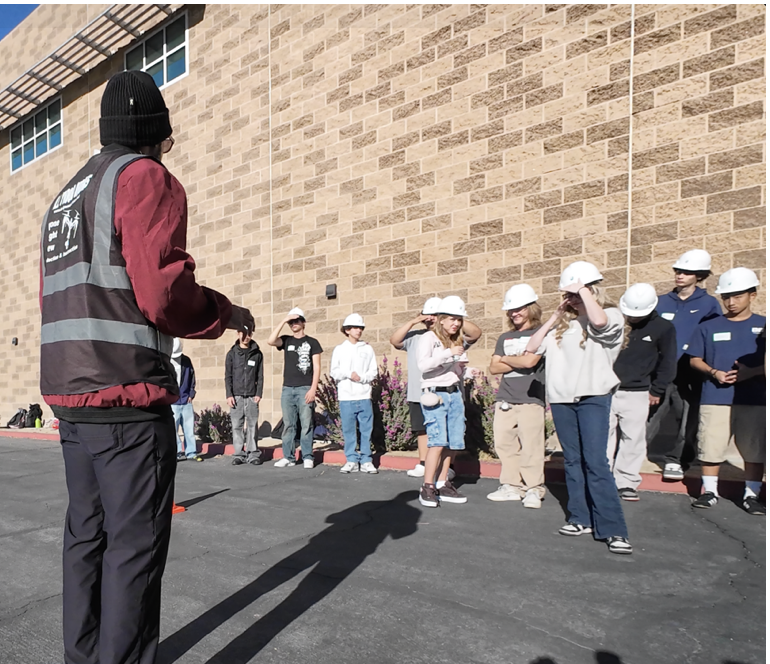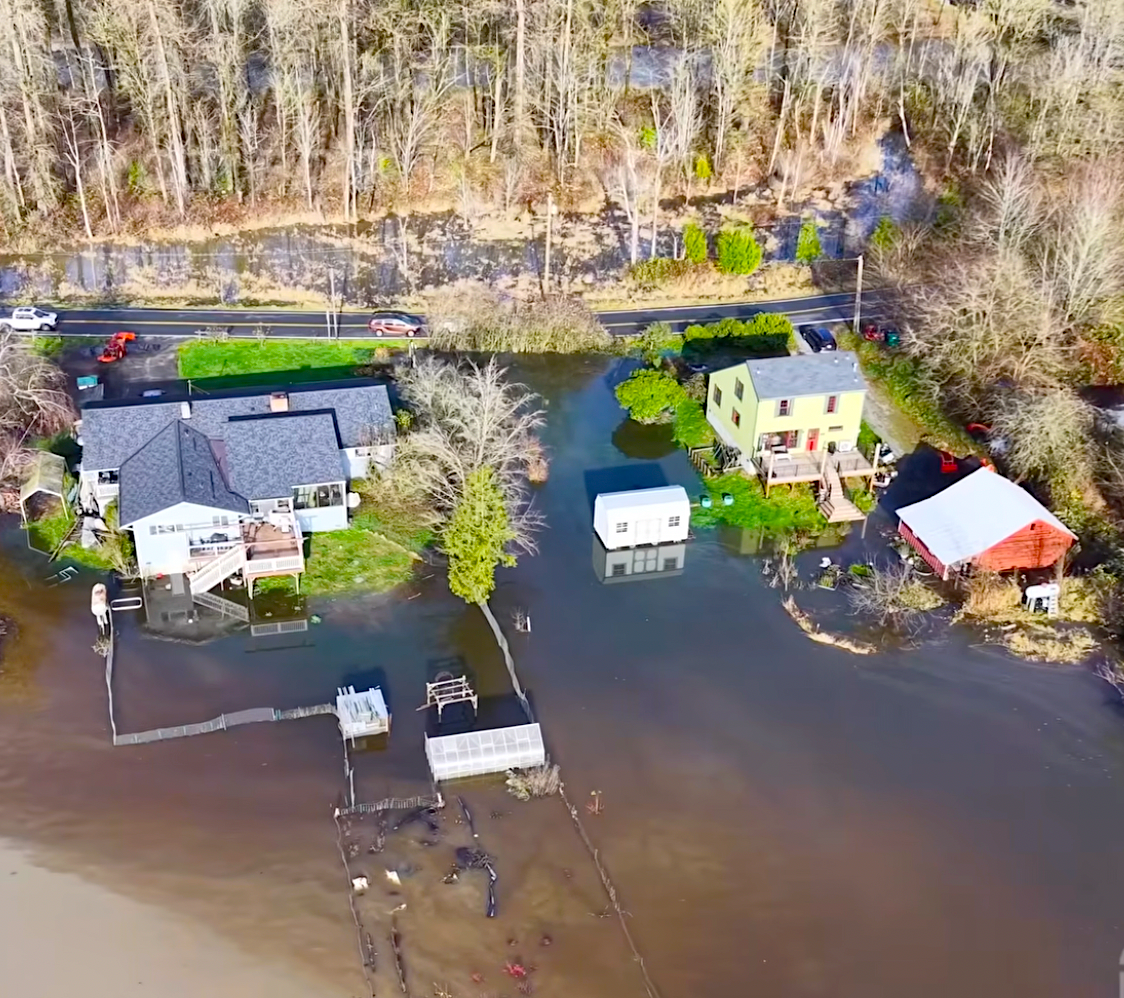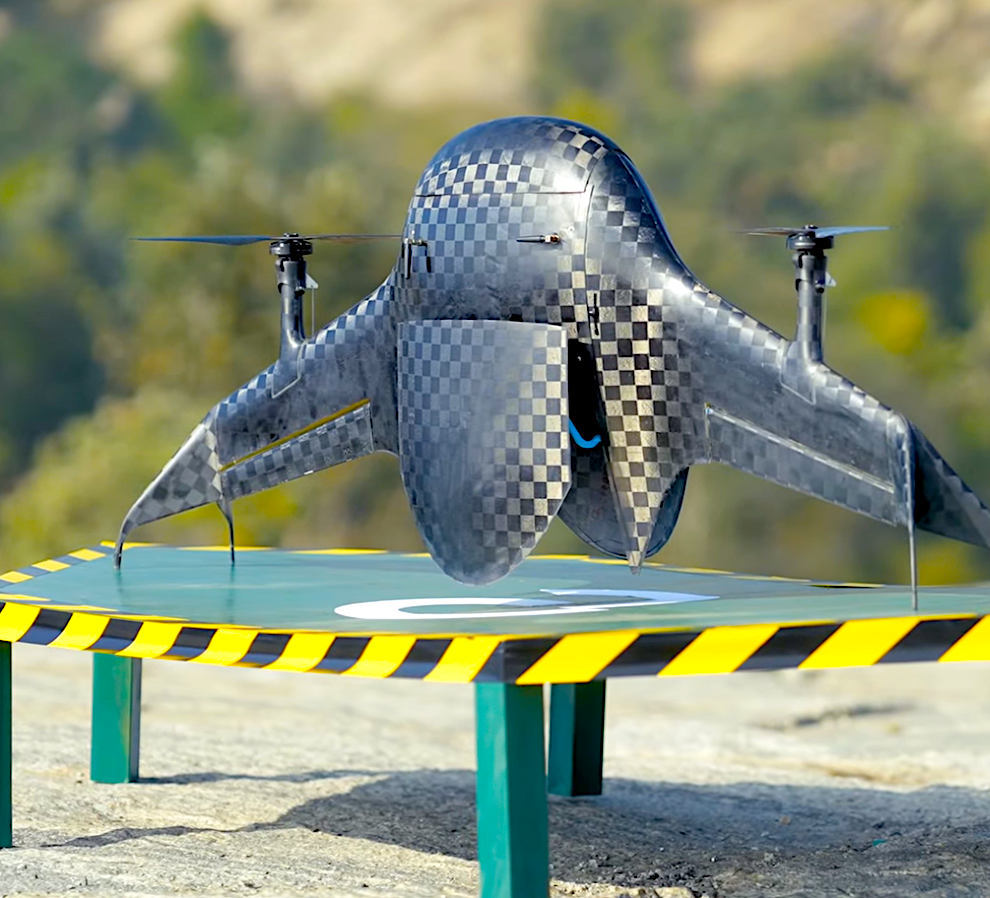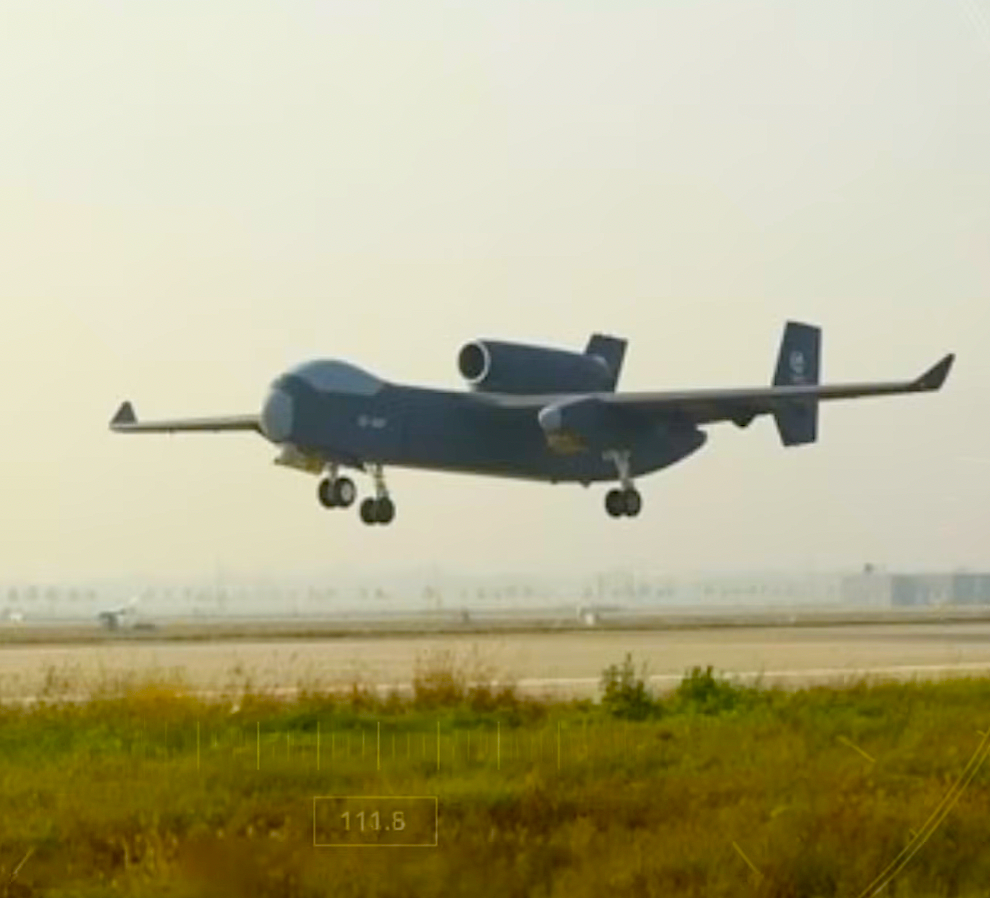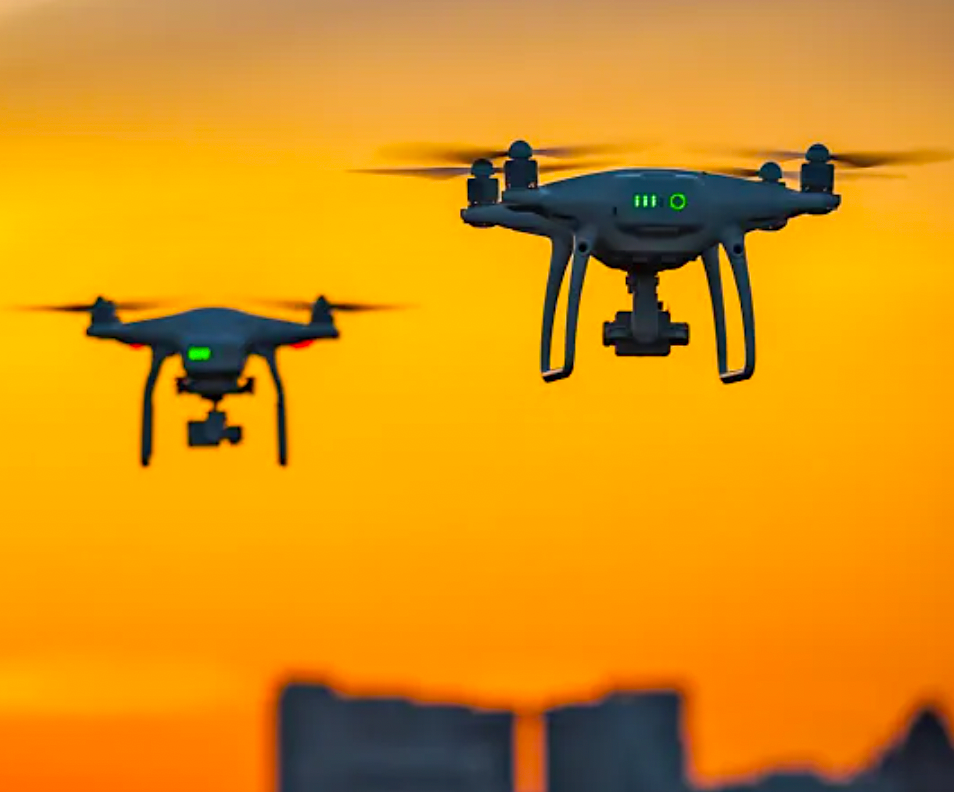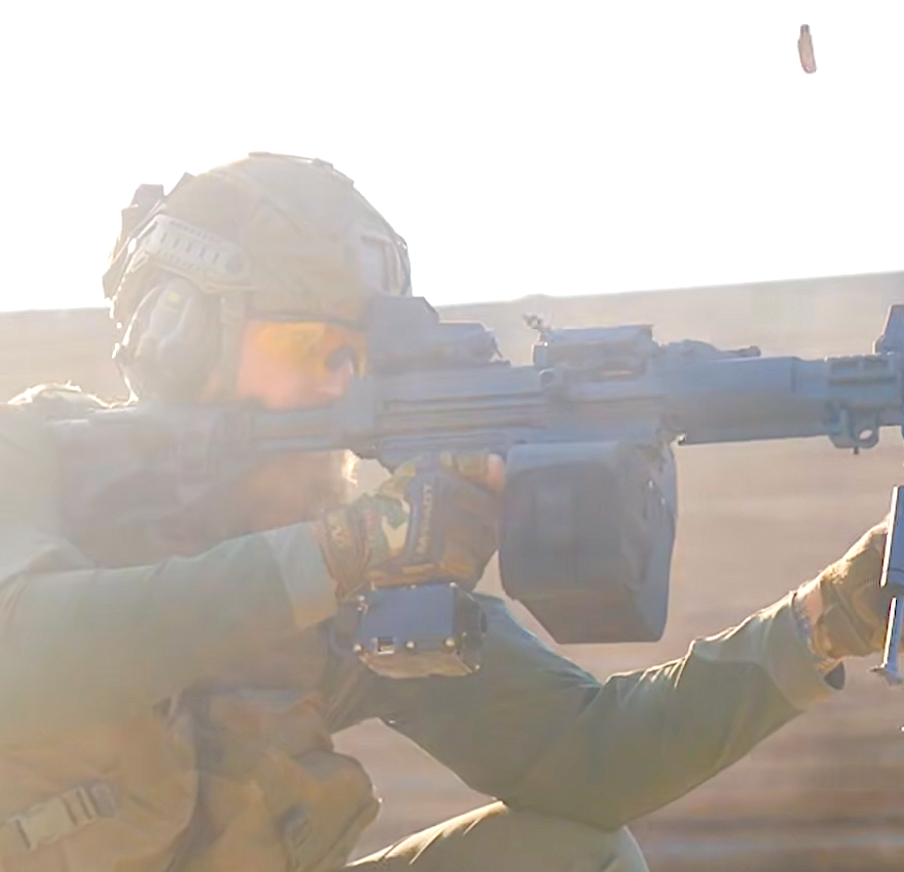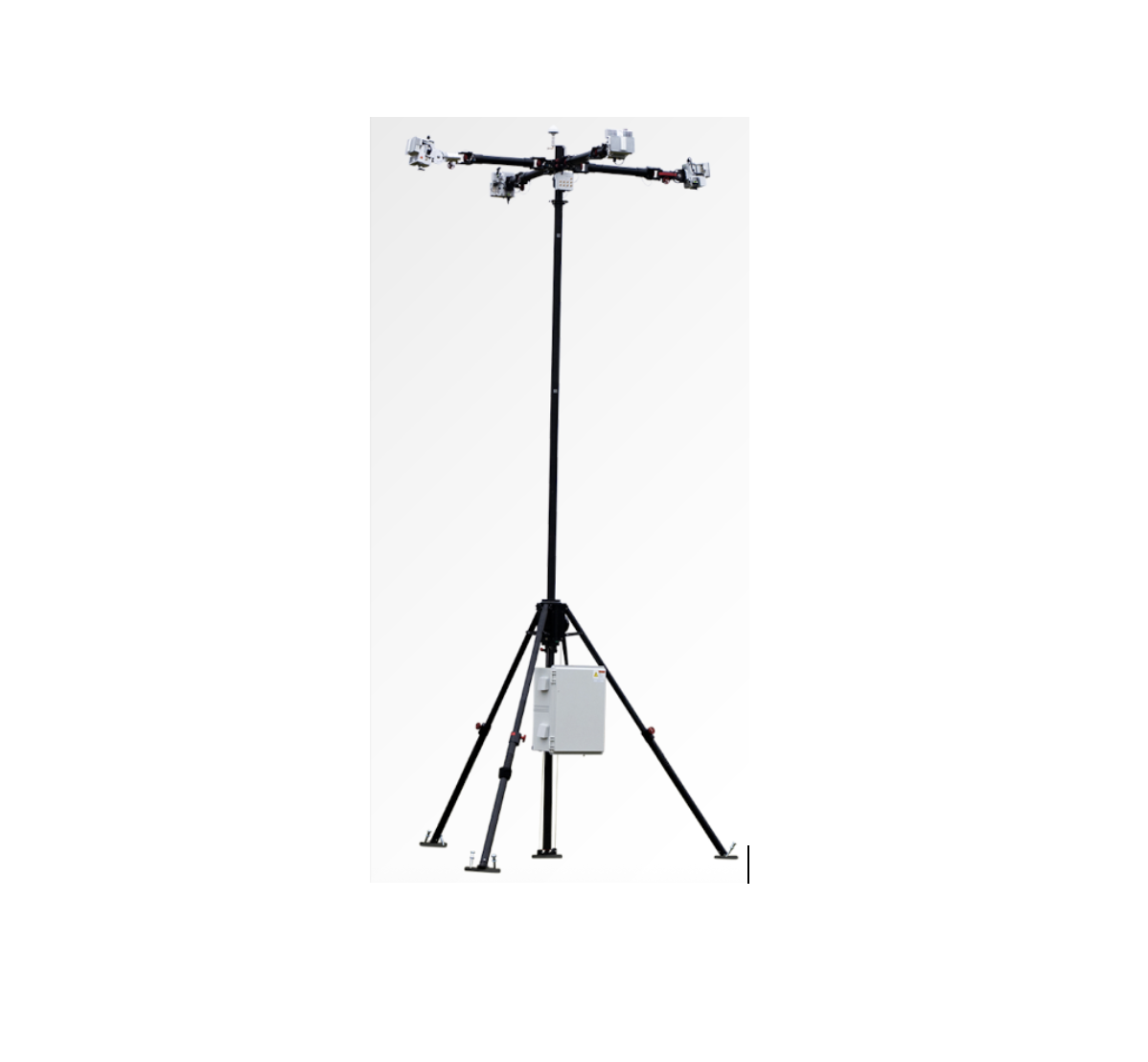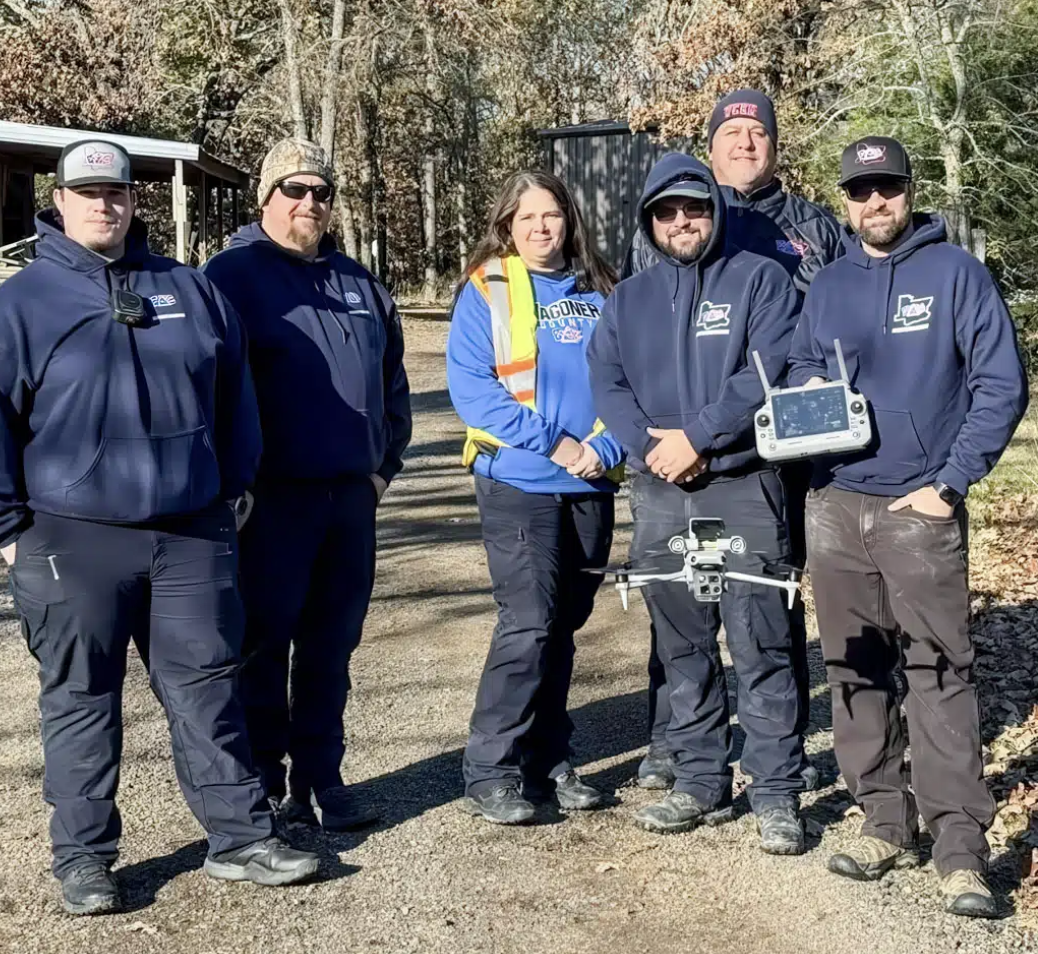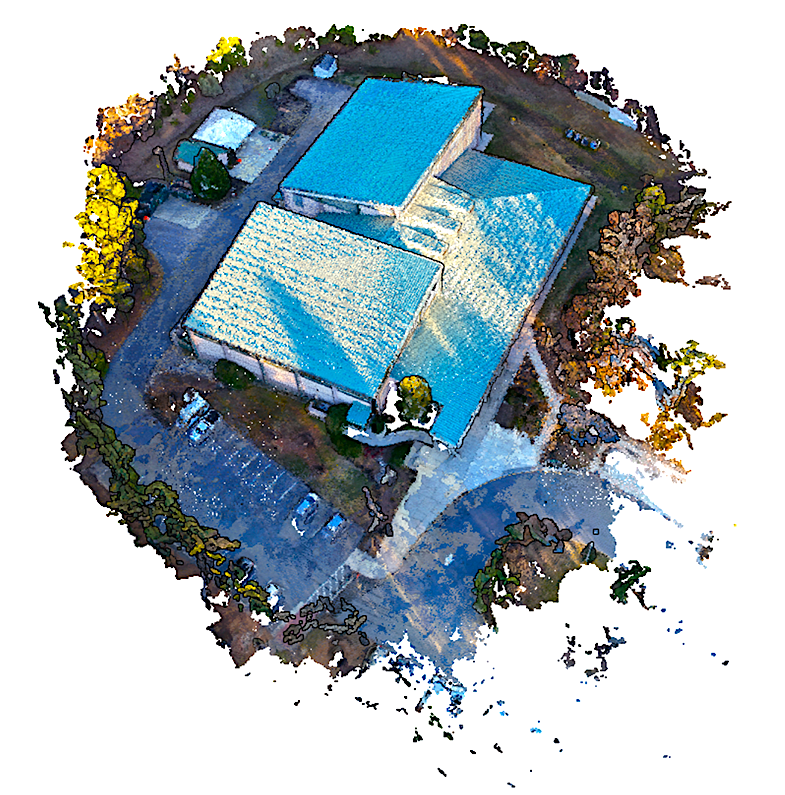Featured NewsProduct NewsXTEND XOS offers practically autonomous human-to-machine interaction
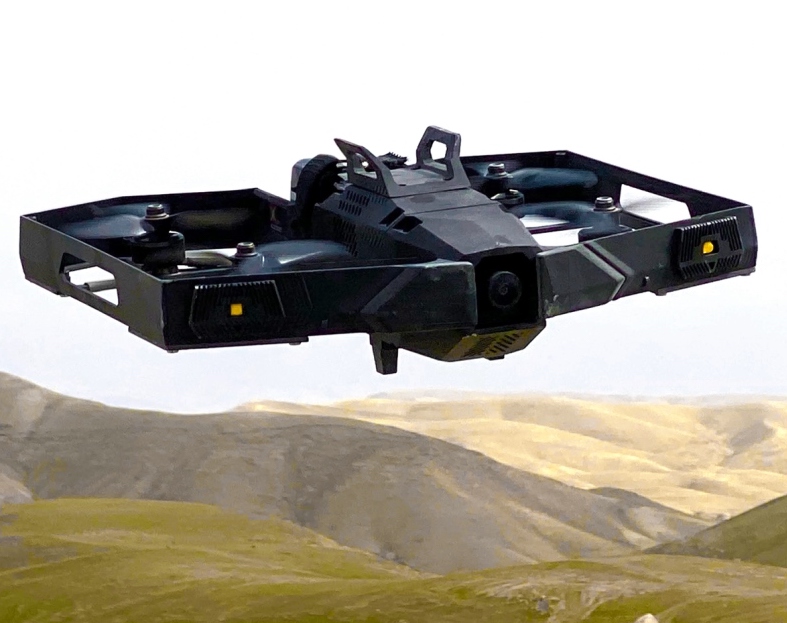
22 March 2023

By Aviv Shapira, co-founder and CEO, XTEND
The genesis of XTEND began in 2018 when our CTO, Rubi Liani, first translated his passion for racing drones into finding a solution to the incendiary balloons threat on the Israeli border. Rubi was convinced that drones could be used to neutralise the threat posed by the balloons, while offering a safe, remote way for professionals in various scenarios, including search and rescue, inspection, or security, to do their jobs better and more safely.
My brother, Matteo, and I, who are extended reality specialists, teamed up with Rubi and his team, to develop XOS, our uniquely scalable, affordable, and infinitely flexible operating system, which allows humans to connect and interact with drones, robots, vehicles, smart devices, and smart machines remotely, safely, and intuitively.
XOS is now our focus, and as a software company, we believe that it is critical that humans remain in control of any operation, irrespective of whether they are using a drone to neutralise a balloon, or in another public safety, search and rescue, inspection, or security scenario. While many companies in the drone space claim to provide remote operations capabilities, we are hyper focussed on ‘human to machine’ interaction and bringing interactive features to drone operations.
That level of practical autonomy goes completely against what many in the industry are doing, as they attempt to eliminate human operators from remote operations. We firmly believe the advancement of machines does not need to come at the expense of human operators, and when the two are paired together, they unlock a world of endless opportunities.
In fact, we follow one major rule - “seeing” the remote environment isn’t enough - we believe we need to incorporate more human senses and capabilities, such as touch and sound, into the process. With the user and that need for human capabilities at the focal point of our vision, XOS enables true human and machine collaboration. Letting anyone to easily connect and interact within remote environments using drones and other smart machines, without the need for prior knowledge or training. Allowing operators to move, see, interact, and run 3rd party applications on remote machines precisely, intuitively, and immersively. Using a blend of augmented reality, virtual reality, robotics, and AI to give operators the ability to be remote yet present, irrespective of whether they are thousands of miles or a few feet away.
Today XOS is revolutionizing ‘human to machine’ interaction. Enabling effective, practical autonomy, by utilizing the best of human discretion and a machine’s capabilities. Providing a new way for public safety, inspection, and homeland security professionals to interact with machines virtually in various non-combat scenarios. Meaning professionals can de-risk their operations by interactively operating drones or robots from a remote location, while allowing them to make real-time decisions and change the way they carry out complex tasks in real time.
XOS is also hardware agnostic, so it can be used to control all sorts of hardware, complementing existing technology, or creating entirely new systems from scratch. Our open architecture means that we can host applications that have been developed by other companies too. That is why we believe that XOS will become the operating system of choice for anyone who is looking to maximize the potential of their drone and robotic systems, while decreasing the risks posed to their teams’ lives, or concerns around lack of human oversight.
Alongside expanding application of our easily programmable and configurable XOS operating system into multiple civilian markets, we have recently been awarded several multi-million $ contracts with the U.S. Department of Defense and MAFAT, the Israeli Ministry of Defense’s Research & Development Directorate, to modernize their use of drone technology. In both cases, XOS is already enabling military drone operators to interactively operate multiple smart machines from a remote, safe distance, with minimal training.
One of our major differentiators is XOS’s ability to reduce the proficiency threshold, or in simpler terms, reduce the training period to a minimum. Today, training to become a drone operator typically takes a minimum of three to six months and sometimes even years, making it a timely and costly process. In our case, it takes less than an hour to fly a drone and three days to become fully certified. At the end of one of our workshops, not only are our users newly trained drone pilots, but they have the skills to become trainers themselves. XOS is so intuitive that it enables the mass introduction of drone systems to teams who, until today, typically only have one drone specialist on their team, if any.
The simplicity and intuitive nature of our technology meant we could deploy a team to help with the earthquake search and rescue mission in Turkey a few weeks ago. Over four days, our team operated XTEND’s indoor and outdoor drone systems to search for missing people who had been impacted by the earthquake in Turkey. Our team and our partners worked tirelessly, scanning through debris to locate any signs of life. They worked around the clock, utilizing their expertise and our technology to cover vast areas in a shorter amount of time than traditional search and rescue methods. Together, we managed to support the rescue of a woman who had been trapped for six days under the rubble of a collapsed building. Thanks to the speed and efficiency of our delegation, the team was able to locate her and have rescue teams pull her out safely.
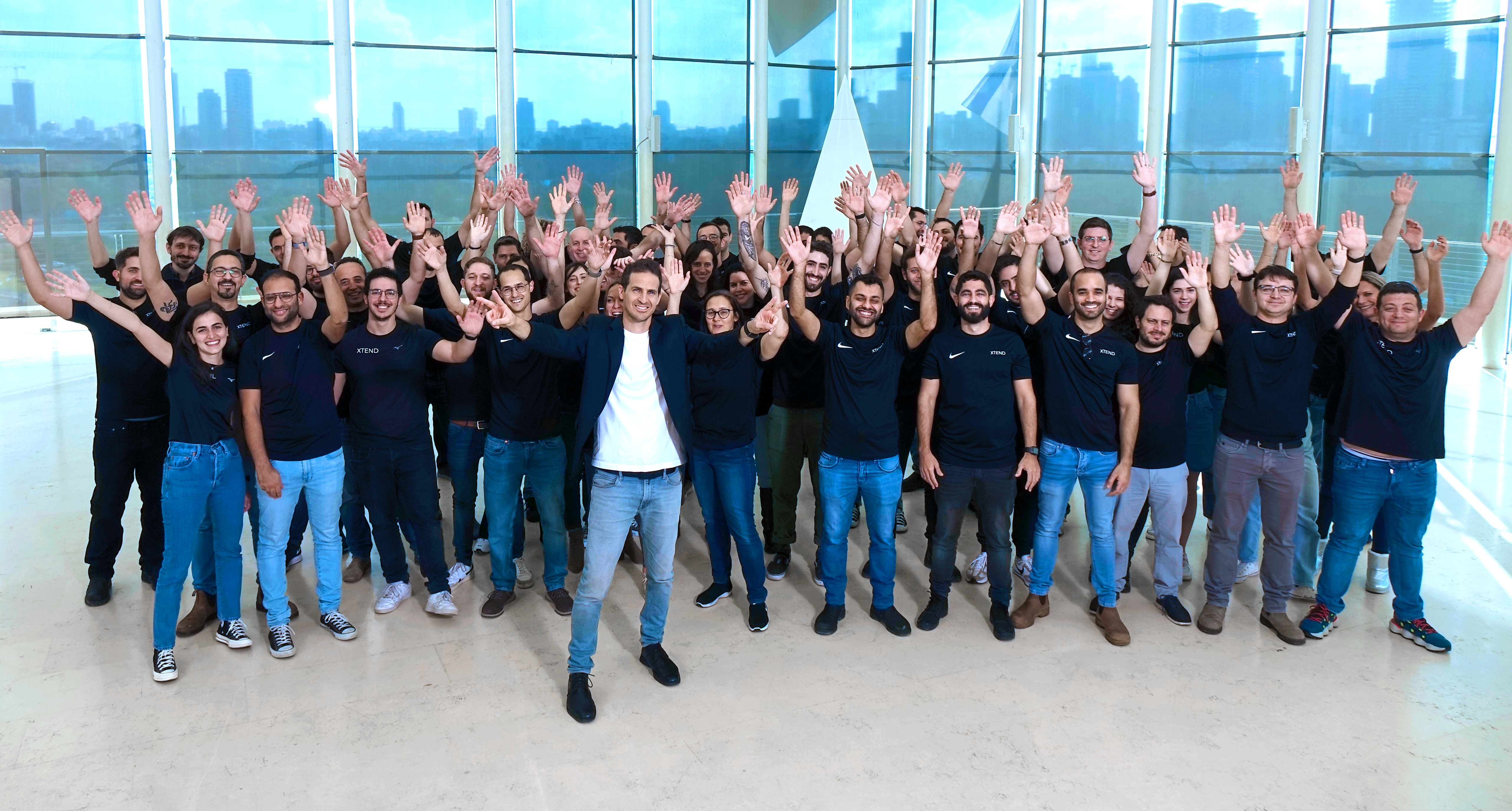
The XTEND team.
Our team's work in Turkey demonstrates the power of technology and its potential to make a positive impact in the world. We are honoured to have contributed to the search and rescue efforts, and we are proud of our team members who utilized their expertise and our technology to help those in need.
Right now, our focus is on expanding into new markets to ensure XOS and remote, practical autonomy and interactive operations are accessible to everyone. Allowing a range of professionals to control remote-powered drones and smart machines and carry out complex tasks that require human interaction and decision-making remotely. We are currently driving applications of XTEND’s technology, and our scalable and infinitely flexible XOS operating system, in public safety, homeland security, and inspection, and our aim is to begin revolutionizing human and machine interactions in manufacturing, logistics, travel, entertainment, and other civilian markets very soon.
Every day people are risking their lives to make our world safer. Our aim is to create a world where humans don’t have to go where they shouldn’t go. XOS is perfectly suited to operating devices in civilian scenarios, providing a new way for humans to interact with machines virtually. Meaning a range of complex tasks that require human to machine interaction can be carried out at a safe distance by first responders, inspectors, and security professionals, who are experts in their field, rather than expert pilots or drivers of the machine they are using. XOS is being used by hundreds of defence and security personnel across the globe, enabling machines to go where humans should not.

